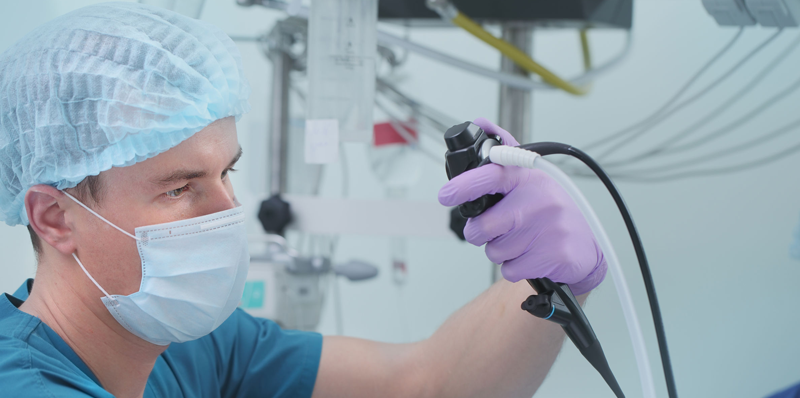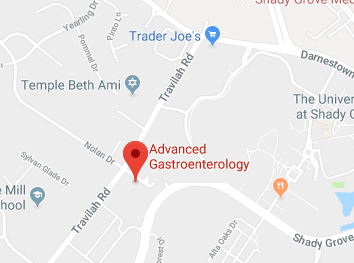A flexible sigmoidoscopy is a diagnostic procedure performed to examine the sigmoid, the lower and last end of the colon, also known as the descending colon. The rectum and sigmoid colon are parts of the gastrointestinal tract. The rectum is approximately six inches long and is located between the sigmoid colon and the anus. A flexible sigmoidoscopy procedure is often used to determine the cause of changes in bowel activity, abdominal pain, rectal bleeding and to investigate other gastrointestinal symptoms.
During a flexible sigmoidoscopy, images of the rectum and sigmoid colon are displayed on a screen for the doctor to examine and detect any abnormalities. This procedure can also detect early signs of cancer. A flexible sigmoidoscopy may be recommended for individuals age 50 and older, who are at risk of d
What is a Flexible Sigmoidoscopy procedure?
A flexible sigmoidoscopy is performed as an outpatient procedure, commonly in a doctor’s office. The patient lies on his or her side on an examination table, and a sigmoidoscope is inserted into the anus and is slowly guided through the rectum and into the sigmoid colon. The scope inflates the large intestine with air and the camera within the scope sends video images of the intestinal lining and the tissues of the sigmoid colon and rectum to a computer screen. If necessary, during this procedure, polyps, or growths may be removed and a tissue sample may be taken for a biopsy. A sigmoidoscopy usually takes about 20 minutes to perform.
How is the recovery from a Flexible Sigmoidoscopy?
Some people experience pressure, bloating and cramping in the abdomen after the procedure, but these effects are temporary and commonly subside within a few hours. While a flexible sigmoidoscopy is considered a safe procedure, there is a small risk of bleeding or perforation to the lining of colon. Results of a flexible sigmoidoscopy are available immediately after the procedure, while biopsy results may take up to a week before they are available.


